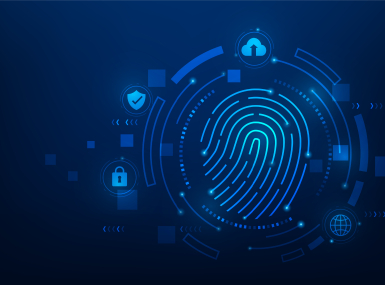FCC adopts geo-routing requirements for the 988 Hotline
Author

Blaire Bryant

Emma Conover

Naomi Freel

Seamus Dowdall
Upcoming Events
Related News

Key Takeaways
On October 17, the Federal Communications Commission (FCC) adopted a Report and Order implementing new geo-routing requirements for the 988 Suicide and Crisis Lifeline. The new rules mandate that cellular carriers provide aggregated data to Lifeline, the administrator of the 988 Hotline, that will allow Lifeline to determine the local crisis center that is closest to a 988-caller based on the location where they originated the call.
The FCC’s rules require nationwide carriers to meet the obligations within 30 days of the publishing of the rules, while non-nationwide carriers have 24 months to comply. Two of the major nationwide carriers have already begun implementing geo-routing for the 988 Hotline.
Cellular carriers are given flexibility as to the method they will use to aggregate and send data to the Lifeline, and the aggregated model will ensure that a caller’s precise location will not be revealed, in order to protect privacy concerns for callers seeking services using the 988 Hotline.
What will these new rules change?
- These rules mandate that callers are geo-routed and connected to local crisis centers. This comes as a change to previous rules, where callers were connected based on their area code rather than their current physical location.
- Geo-routing will maintain caller privacy by sharing only a generalized location with crisis centers.
- The boundaries for geo-routing will be centralized by Lifeline Administrator, and created with support from the Substance Abuse and Mental Health Services Administration (SAMHSA) and carriers
- At this time, the FCC will not implement geo-routing for specialized services, such as the Veterans or LGBTQ+ hotline.
Importance to counties
The FCC’s final rule marks major progress on strengthening the nation’s crisis response, a priority for counties and a key policy pillar of the NACo Commission on Mental Health and Wellbeing.
Since its launch in July 2022, the 9-8-8 hotline has handled over 10.8 million calls, texts, and chats, proving to be a critical resource for counties in delivering care. Counties are key players in the local behavioral health crisis care continuum, managing more than 750 county behavioral health authorities as vital providers of mental health services. Through the implementation of this rule, counties can better offer accurate, localized public safety and mental health resources, ensuring that those in crisis can access the community-based support they need. These initiatives also enhance counties' ability to address behavioral health needs locally, easing the burden on emergency services and law enforcement, while improving outcomes for residents experiencing crisis.
Resource
Toolkit for Counties: 988 Suicide & Crisis Lifeline

Related News

CMS requires state Medicaid suspension upon arrest versus termination
Effective January 1, 2026, federal law now requires states to suspend, rather than terminate, Medicaid coverage when an individual is incarcerated.

States submit Rural Health Transformation Program funding applications
On December 29, the Centers for Medicare & Medicaid Services (CMS) announced $50 billion in awards over 5 years to all 50 states under the Rural Health Transformation Program.
